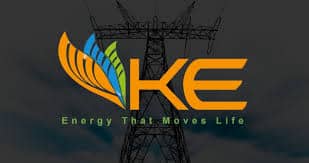Let’s be real — when we talk about investment in Pakistan, the energy sector hasn’t exactly been the thing that sparks optimism. But something might be changing. Quietly, without much fanfare, K-Electric’s new Multi-Year Tariff (MYT) could be the blueprint the rest of the country has been waiting for.
Now before your eyes glaze over — no, this isn’t about one company. This is about how Pakistan may finally be laying the groundwork to make its power sector investable, efficient, and, dare I say it — sustainable.
Here’s why it matters:
For years, the problem has been unpredictability. Rules shift, change, and investors — both local and foreign — step back. But the new MYT that spans till 2030 offers something rare: clarity. It sets performance-based targets, defines cost recovery frameworks, and signals that Pakistan is ready to align energy policy with investment logic.
That alone is a big deal.
But zoom out, and the bigger picture is even more interesting. This model — where incentives are tied to actual service delivery, and inefficiencies aren’t just dumped on consumers — could be the key to unlocking privatization for the rest of the country’s power distribution companies (DISCOs). Something that’s been sitting on reform agendas for over a decade with little traction.
If this works — and that would take some doing — K-Electric might just become the case study policymakers have needed to show that privatization isn’t about selling off assets. It’s about creating accountability and attracting investment to rebuild broken systems.
We’re not there yet. But for once, the pieces might actually be moving in the right direction.
Bottom line?
If KE can stick to the plan, deliver on its commitments, and show tangible progress — it might not just reshape Karachi’s energy story, but could light the way for reform across the entire country. It’s time we paid attention.


